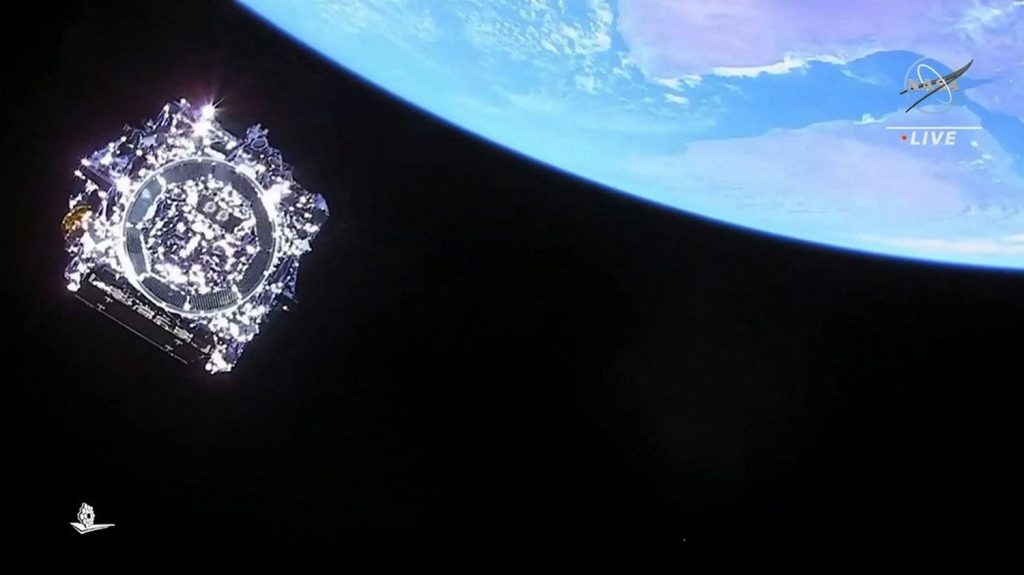
This “absolutely stunning shot also plays a role in the collective imagination of what the universe is like,” astrophysicist Olivier Bernier credits.
After years of waiting, the first image from the James Webb Telescope was revealed to the world on Monday, a luxurious color snapshot showing galaxies that formed shortly after the Big Bang, more than thirteen billion years ago. This is the first shot “The amazing also plays a role in the collective imagination of what the universe is like.”believes Olivier Bernet, a researcher at the National Center for Scientific Research and an astrophysicist at the Institute for Research in Astrophysics and Planetary Science in Toulouse.
franceinfo: We see a lot of galaxies in this image and we’re talking in particular about these very old galaxies, 13 billion light-years away, so they’re 13 billion years old. What difference does seeing these galaxies make?
Olivier Bernet: It changes several things. In general, it slightly changes our perception of the universe in which we live. These images really allow us to understand the dimensions and depth of this universe. And then, it also allows us to probe the beginnings of this universe to try to understand what happened. One of the big challenges is trying to understand the nature of the first stars that formed in the universe. After the Big Bang, 13.8 billion years ago, the universe had no stars, it is a period called the dark ages of the universe. And at some point, the first stars appeared, but we do not know their nature. One of the challenges of James Webb’s mission is to retrieve the light that comes from it to understand what it was made of.
What can we expect from these new photos?
We’ll have the first spectrum of an exoplanet, and we’ll also have images of a region, the Carina Nebula: it’s a nursery for stars. It is a place in our galaxy where stars and planets are formed. In the images we currently have, it looks like a cloud of stellar dust. So we’re going to see this cloud in more depth thanks to the James Webb images and I think these are going to be images that are obviously going to get scientific interest, but they’re also going to be very amazing which, in my opinion, plays a part in the collective imagination of what the universe is. This is very important.
But will James Webb ever be able to take a picture of an exoplanet? Real cliched.
Yes, there are projects called direct imaging of exoplanets, that is, looking at a star and a planet next to it and trying to explore it as accurately as possible. Obviously, beyond this question, are we alone in this universe? Will we be able to discover life using Webb? I’m one of those people who thinks it’s going to be tough because we still have to progress, probably. But I think that we will in any case have new information about the origins of life in the solar system, on Earth and also, in general, in the universe. We will have new information about our origins and the origins of our lives thanks to James Webb.

“Incurable web evangelist. Hipster-friendly gamer. Award-winning entrepreneur. Falls down a lot.”
